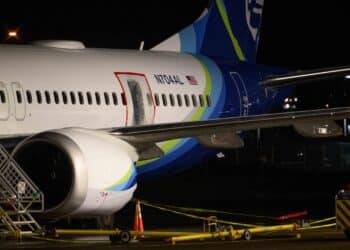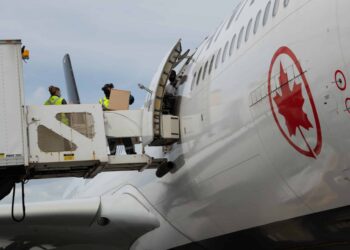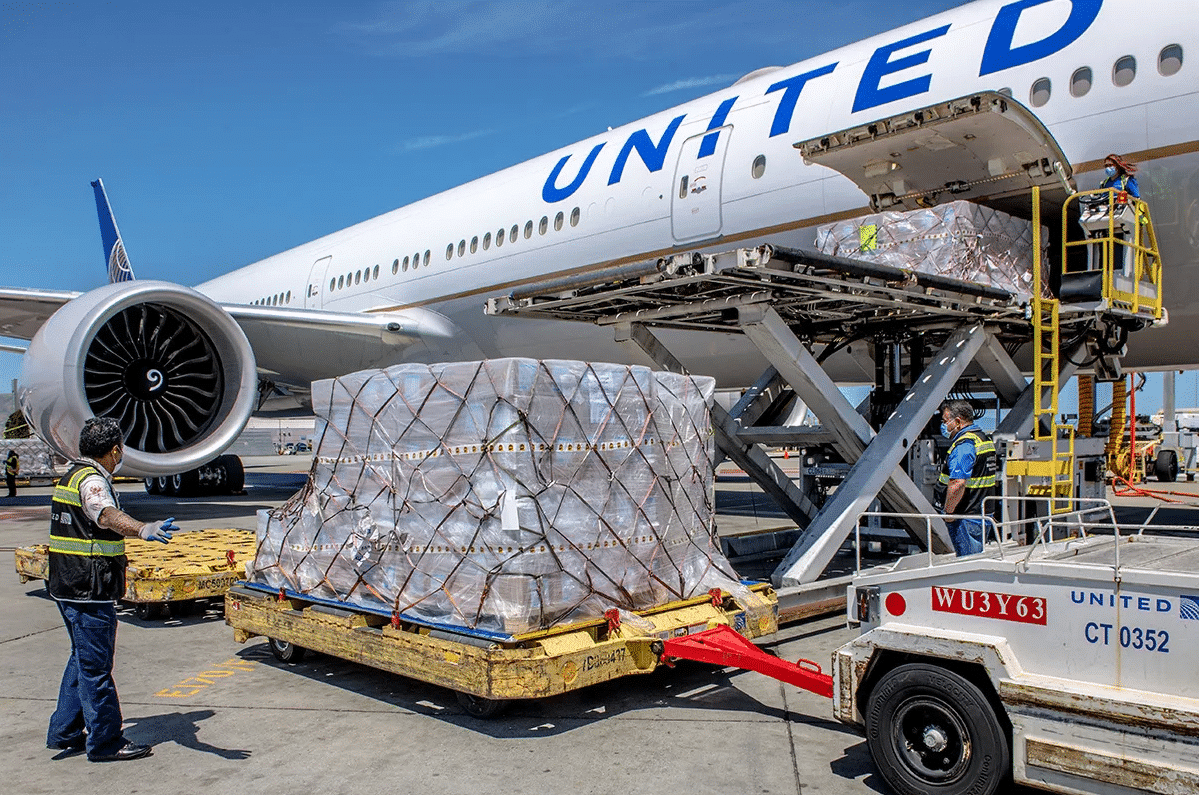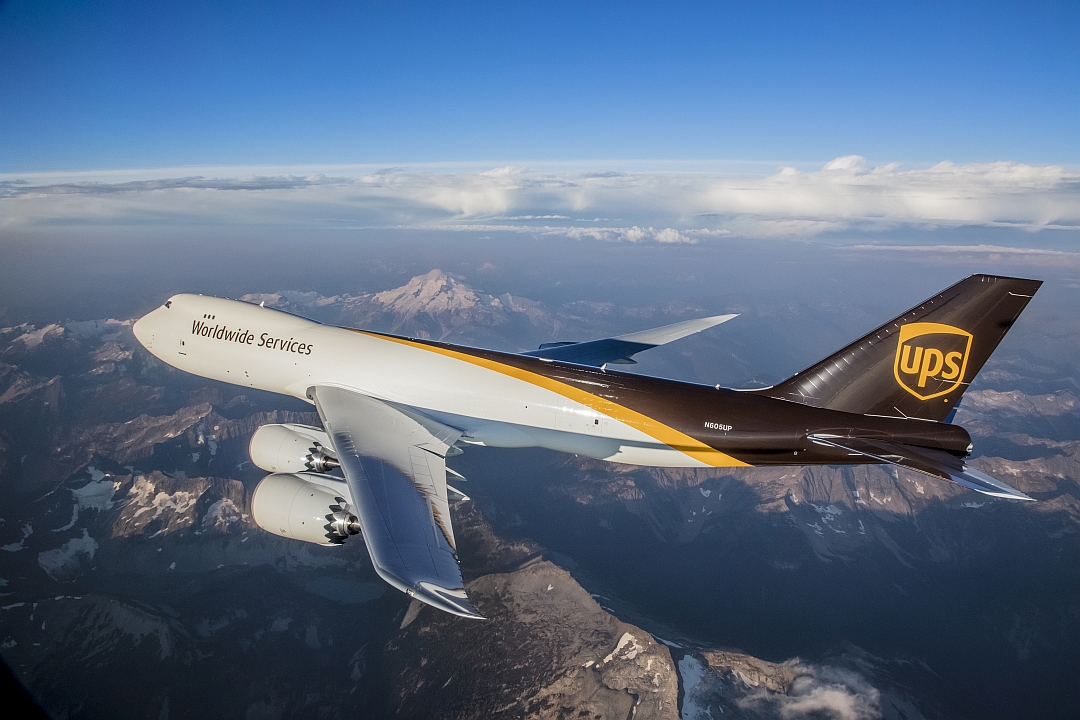No products in the cart.
Cargo is in the doldrums, IATA and WorldACD February results show
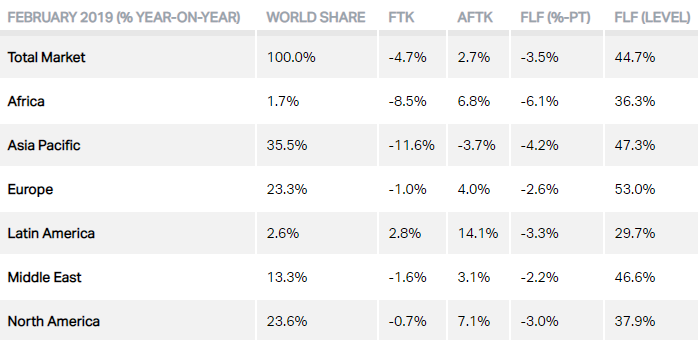
This week, February data was released by both the International Air Transport Association (IATA) and WorldACD, bolstering worries that airfreight demand is on a steady decline.
“Cargo is in the doldrums with smaller volumes being shipped over the last four months than a year ago,” said Alexandre de Juniac, IATA’s Director General and CEO.
IATA reported that traffic measured in freight tonne kilometers (FTKs) decreased 4.7% in February, year-over-year, while the WorldACD reported a 3.4% decline for the same period. Meanwhile, airlines’ capacity continues to grow, as IATA reported that capacity rose for the twelfth consecutive month in February.
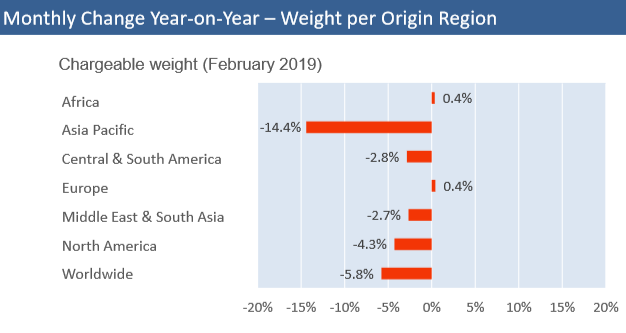
Across regions, demand for airfreight suffered – with the exception of Latin America, where regional airlines saw a 2.8% increase in FTKs, according to IATA. However, the WorldACD did not measure the same increase in the region. In fact, it reported a marginal decline.
Trans-Pacific traffic especially suffered. According to IATA; FTKs declined 11.6 percent in the Asia Pacific region at large, and the WorldACD measured a dramatic 17.6% decline in volume specifically along the Hong Kong-U.S. trade lane – which would be substantial evidence of the effect of the U.S.-China trade war that ensued mid-2018.
The seasonal effects of the Chinese New Year are weighing into the equation, but only to a limited degree. The organizations continue to attribute depressed demand for airfreight in 2019 to fallout from last year’s trade wars, poor manufacturing conditions and weakened consumer confidence.
“Governments need to realize the damage being done by protectionist measures,” Juniac said. “Nobody wins a trade war. We all do better when borders are open to people and to trade.”
Despite the stifling effects of protectionism, there are some silver linings to be gleaned. Looking at different types of cargo, demand for the movement of pharmaceuticals and temperature-sensitive goods grew by about 12% and dangerous goods 5%, according to WorldACD.







